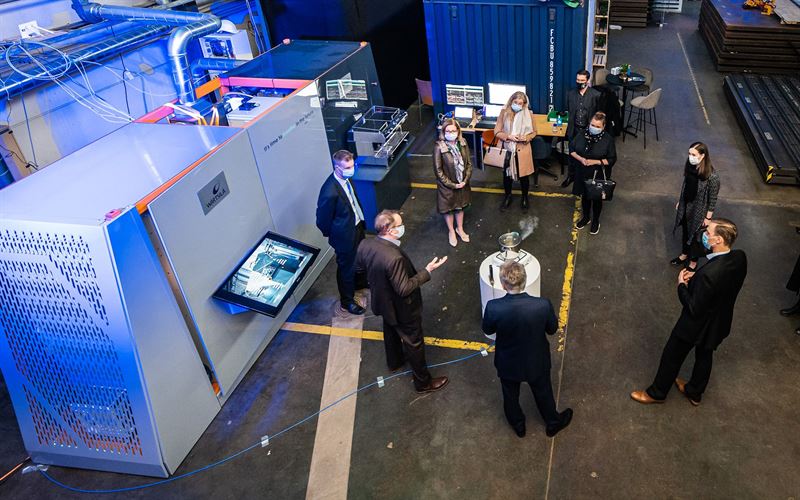
Understading the value chain of the customer is of vital when designing and applying Power-to-X solutions. Power-to-X technologies as such are applicable in a wide variety of contexts. However, to create real customer value, the techno-economic model of the solution must be crystal-clear. In maximizing customer value, first-class partners are of critical importance for a startup like Q Power.
For over a year now, we have been collaborating closely with Wärtsilä, an international front-runner of the energy and marine sectors, as well as with technology startup Soletair Power. In this brief interview, we gauge our partners’ views: what is the current market outlook, and how has the experience cooperating with Q Power been like? We interview Matti Rautkivi, director of sales and marketing of the Wärtsilä energy business, and Petri Laakso, CEO of Soletair Power.
Q Power: Wärtsilä has engaged strongly with various kinds of Power-to-X solutions. In your view, what kind of a role will e-fuels have in the low-carbon energy system of the future?
Matti Rautkivi: A very significant role. Actually I think we should think in broader terms, not limited only to e-fuels. Power-to-X will have a large role to play also in feedstock production for industry. At Wärtsilä we’ve done a lot of modeling of global energy systems, and we can say that in almost every scenario, Power-to-X systems are a part of future energy solutions.
QP: What kind of a role does Wärtsilä want to build in the growing and developing Power-to-X industry?
MR: We’ve looked at the P2X sector broadly and open-mindedly, and have collaborated with pioneering companies such as Q Power. We are broadly interested in Power-to-X technologies, as our customer base reaches into both energy production and marine industries. Wärtsilä is a strong technology company that also has a global service network, so we see plenty of possibilities.
QP: What is the significance of cooperating with innovative technology startups like Q Power and Soletair for Wärtsilä?
MR: Very significant. The speed and willingness to cooperate is on a whole other level in companies such as yours. I believe all parties have benefitted from our cooperation broadly, and we have a great foundation to start expanding into the growing P2X markets. At Wärtsilä, we want to enable the development and commercialization of new innovations. For this we offer funding as well as our global networks and expertise.
Soletair Power has developed a technology for capturing carbon dioxide. The solution is well suited to small-scale applications, and Soletair is building a value proposition aronund improving the indoor air quality of commercial buildings. Optimizing the carbon dioxide content of indoor air has been shown to improve worker efficiency and wellbeing.
Q Power: The interest towards carbon capture technologies has continued to grow recently. How do you at Soletair view the speed and timeline of the market developing?
Petri Laakso: We are constantly getting more and more inquiries about our technologies and solutions. This year we expect to deliver 3-5 systems. The covid pandemic has slowed down our market entry, as most white-collar workers are working from home. We believe demand to increase rapidly as soon as we have our first pilot up and running, and people return to offices.
QP: the Soletair value proposition is based both on capturing carbon and on improving indoor air. Are both of these equally important for customers of Soletair, of is one component more significant?
PL: The lowered level of CO2 in indoor air is the major factor creating customer value at Soletair Power. Carbon capture will be a big thing in the future, because it means buildings can turn into carbon sinks. A typical office building can produce for example 20 kg of CO2-emission per year per square meter. When one device connected to an AC system can collect 50 kg of carbon dioxide in 8 hours, the building can turn into a carbon sink. This means we can actually start marking buildings carbon-neutral or even carbon-negative.
QP: How have you at Soletair found the experience of working together with Q Power?
PL: Our collaboration has been fruitful and close-knit. Together we have solved a lot of issues when fitting together the Q Power and Soletair equipment. We are excitedly looking forward to future projects together, leveraging the results of this initial effort.